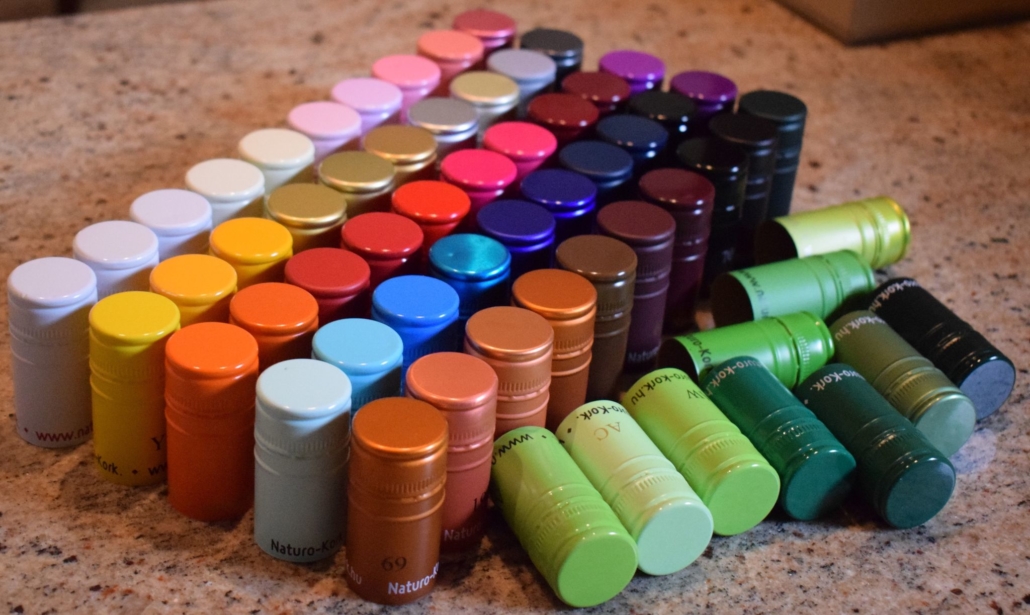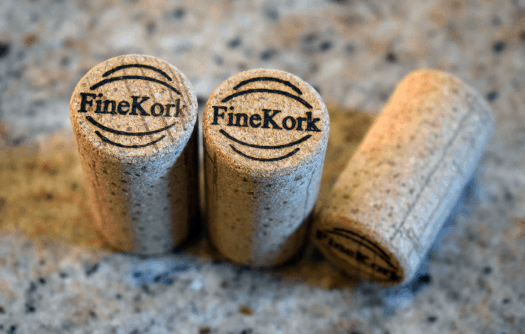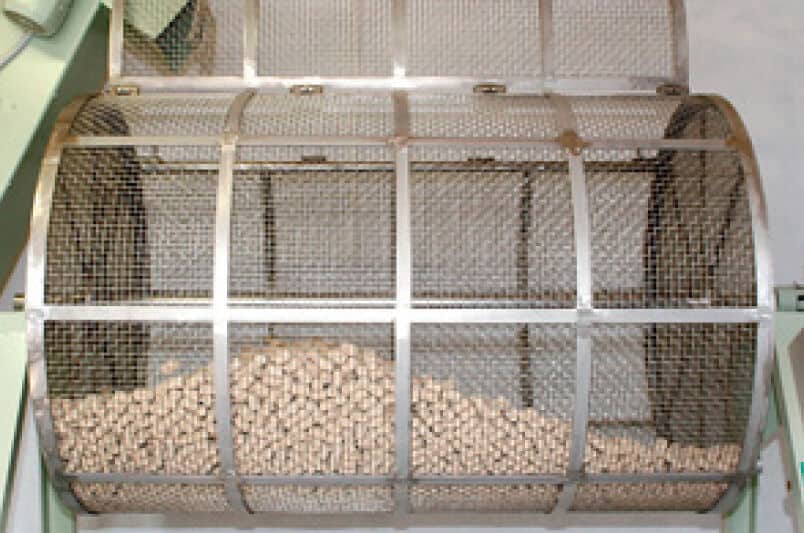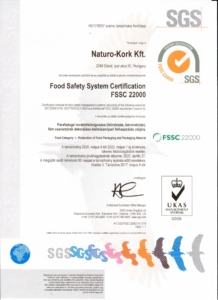Our Company –Naturo-Kork Kft. – is a company established in 2000, in 100% Hungarian ownership, specialised in the production of cork closures necessary for wine bottling and domestic and export sales, which has become a leading cork product producing and selling company at the Hungarian market for its 10-year operation.
In addition to our domestic relations, we can count on a considerable export turnover with the neighbouring and eastern markets. Our constant export destinations include but are not limited to Austria, Germany, Slovakia, Ukraine, Romania, Macedonia, Slovenia, Bulgaria, Armenia, Belorussia, etc…
In possession of the most developed technology, with our continuously renewing machine park, we work constantly to be able to provide our clients with reliable cork closures of excellent quality, homogeneous structure. Our daily capacity is approx. 500,000 pieces of cork closures ready to bottling.
We are at your kind disposal with the continuous production and sale of our reliable cork closures of good quality! We thank you in advance for contacting our Firm!
















